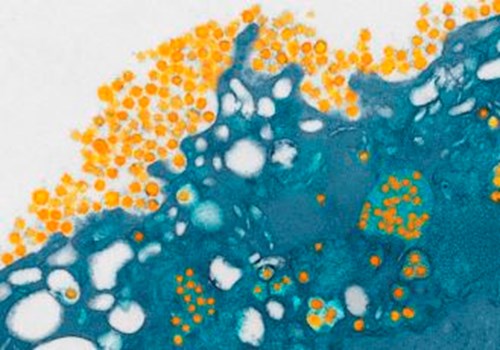Using cell lines in Virology

The development and mass production of vaccines results in researchers requiring large quantities of viruses or bacteria. While bacteria can be grown in a laboratory environment providing they have a suitable growth medium and conditions, viruses require living cells to infect in order to replicate; resulting in difficulties for laboratories.
In the early 1900s, isolation of viruses was attained with the use of laboratory animals and embryonic eggs. However, the propagation of human cells in vitro presented an opportunity for virus isolation which would significantly decrease the use of laboratory animals in experiments. This was first achieved in 1913 on the Vaccinia virus, which was grown with the aim of vaccine production1, 2.
The production of commercially prepared cell lines, such as those supplied by European Collection of Authenticated Cell Culture (ECACC), increased the quantity of virus diagnostics immensely as they are less expensive than laboratory animals and are more convenient to examine for viral proliferation. Viruses within cell cultures can also be incubated and grown in desirable conditions, aiding the detection and identification of many viral pathogens; leading to cell culture becoming “gold standard” for virus detection and identification1.
Most of the material within the National Collection of Pathogenic Viruses (NCPV) is in the form of cell-cultured virus stocks; using cell lines from ECACC. NCPV uses permissive ECACC cell lines with various tissues of origin for different viruses to deliver optimised growth. For example, Rhinovirus 2 is isolated with the use of Human Foetal Lung cell lines, while Adenovirus 1 is isolated using Human Embryo Kidney cell lines. The cell line which has been used by NCPV to prepare each virus batch is detailed on its Certificate of Analysis and linked on the culture collections website under “Related Products”. The collection preserves well-characterised, authenticated human pathogenic viruses and is able to supply the agents, alongside the nucleic acids derived from them, to the scientific community; in accordance with national and international guides.
References
- Leland, D. and Ginocchio, C. (2007). Role of Cell Culture for Virus Detection in the Age of Technology. Clinical Microbiology Reviews, 20(1), 49-78. DOI: 10.1128/CMR.00002-06
- Hematian, A., Sadeghifard, N., Mohebi, R., Taherikalani, M., Nasrolahi, A., Amraei, A. and Ghafourian, S. (2016). Traditional and Modern Cell Culture in Virus Diagnosis. Osong Public Health Res Perspect, 7(2), 77-82. DOI: 10.1016/j.phrp.2015.11.011
Prepared by Callum Robertson
